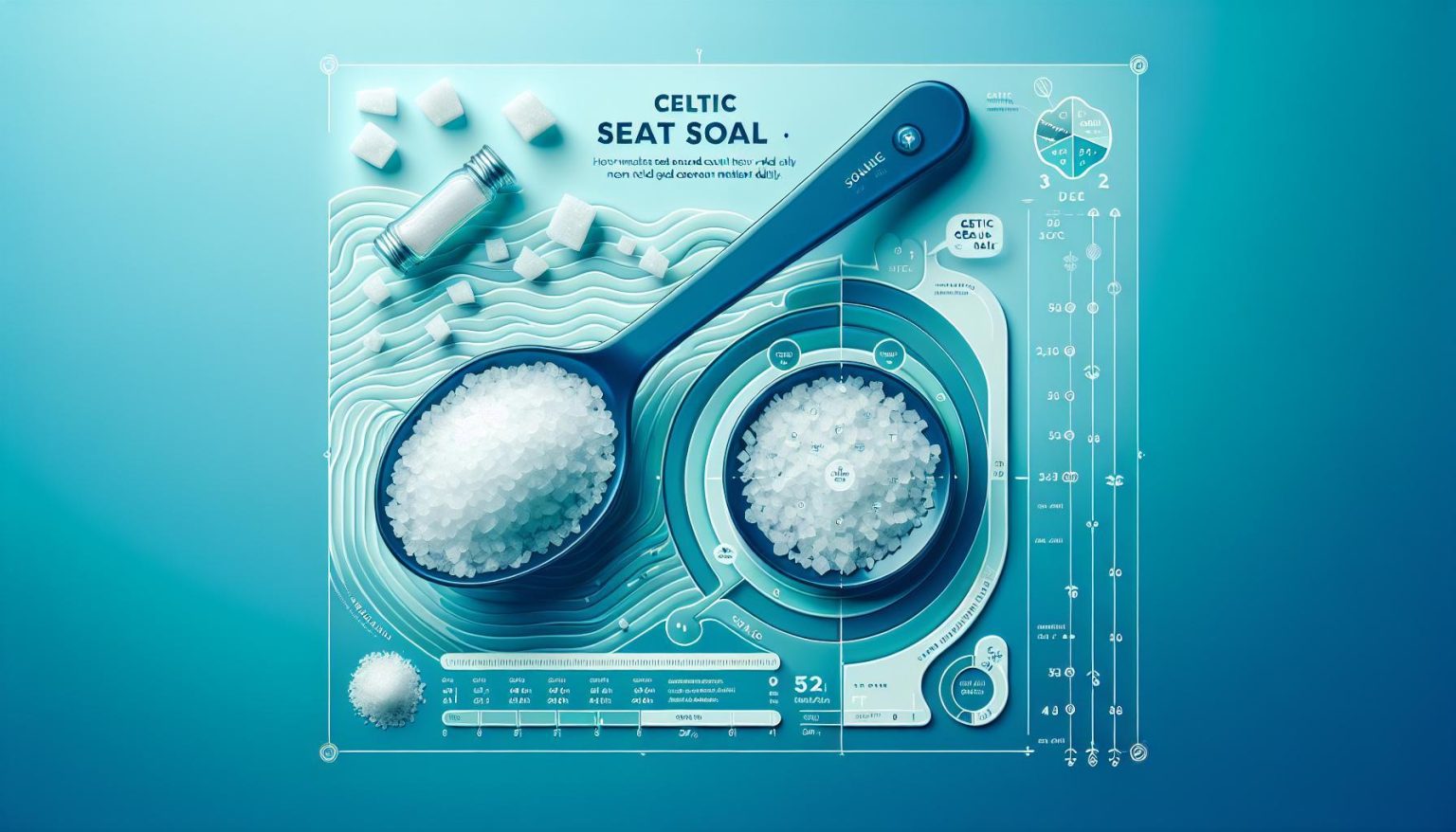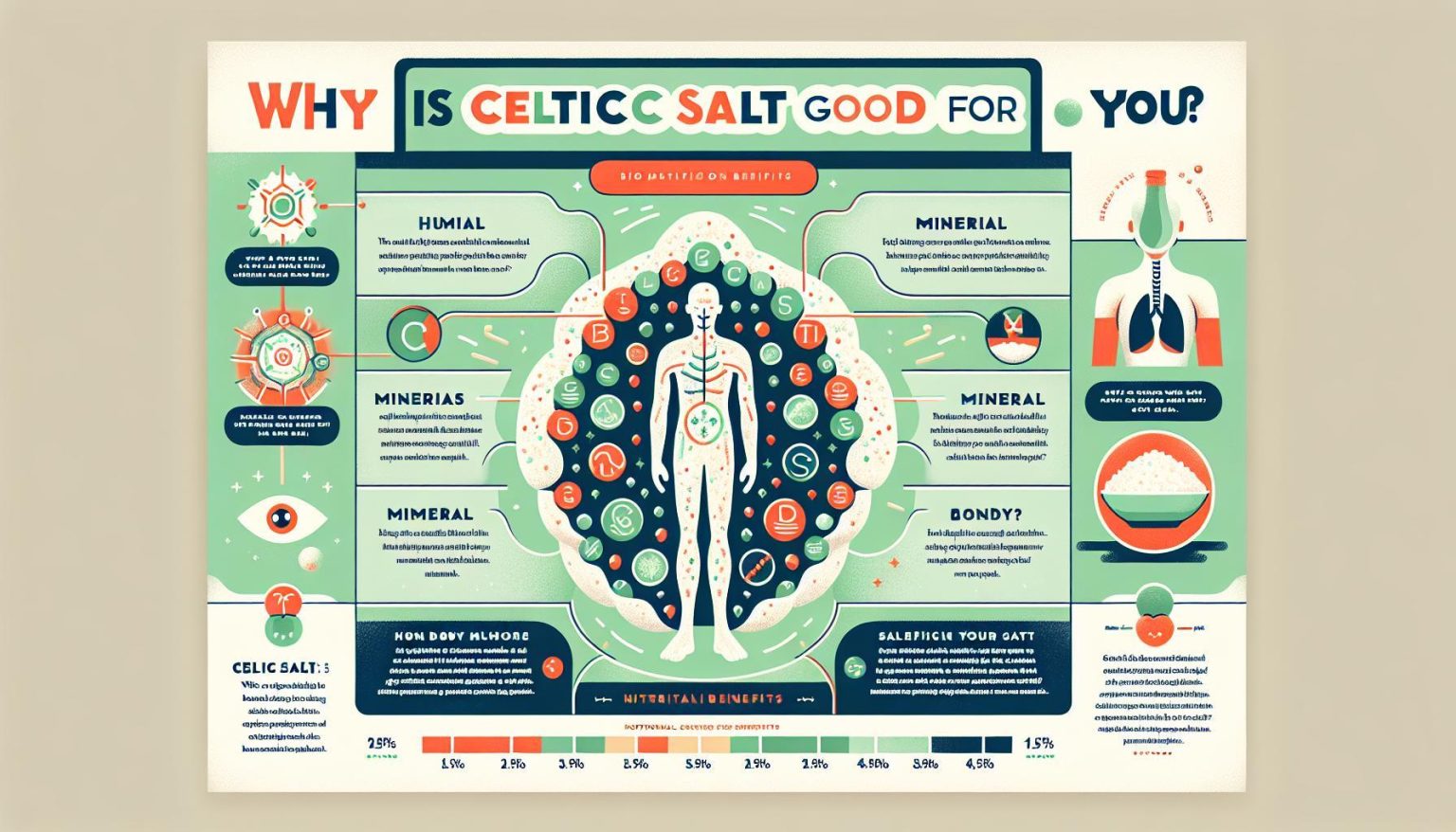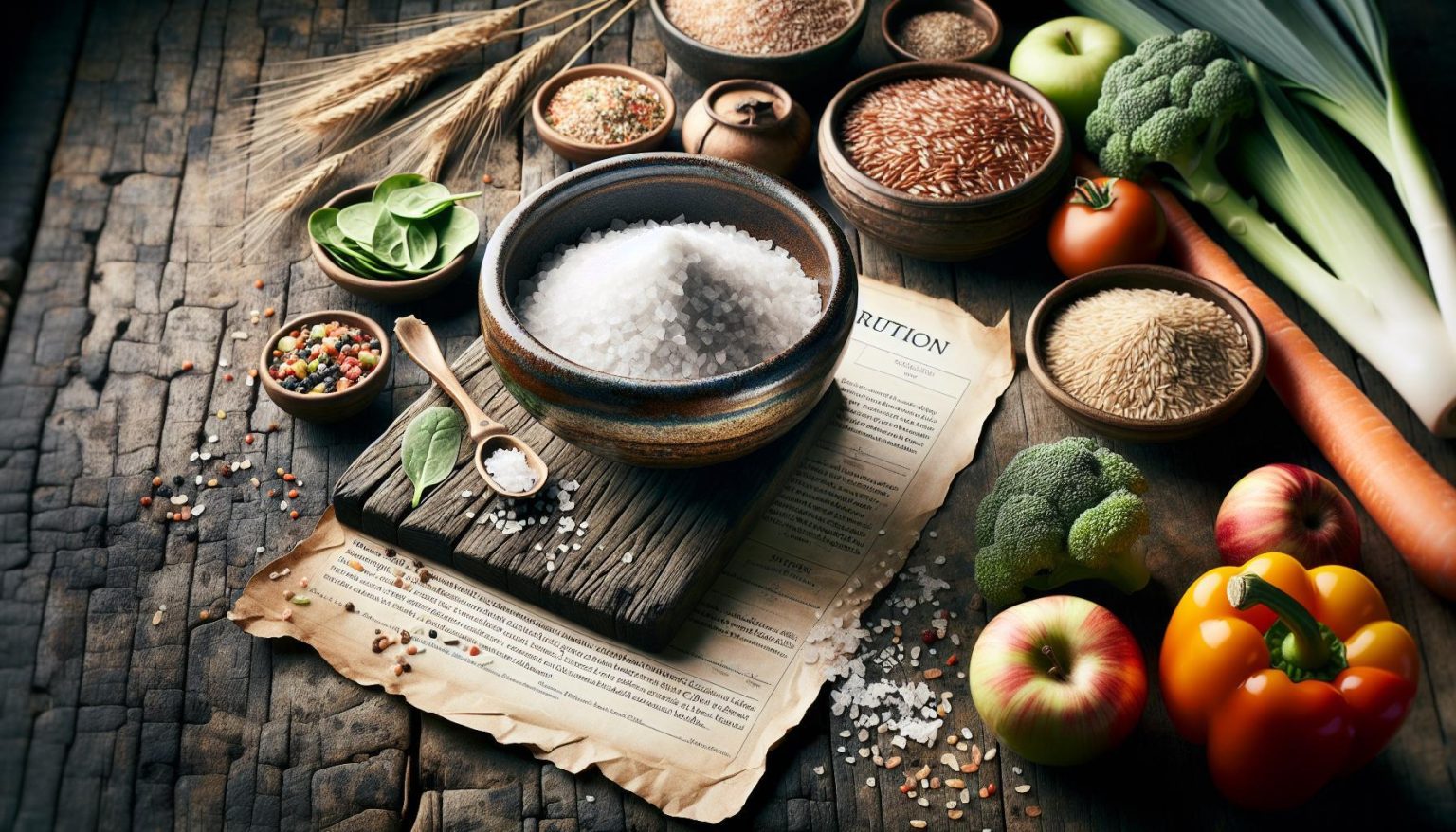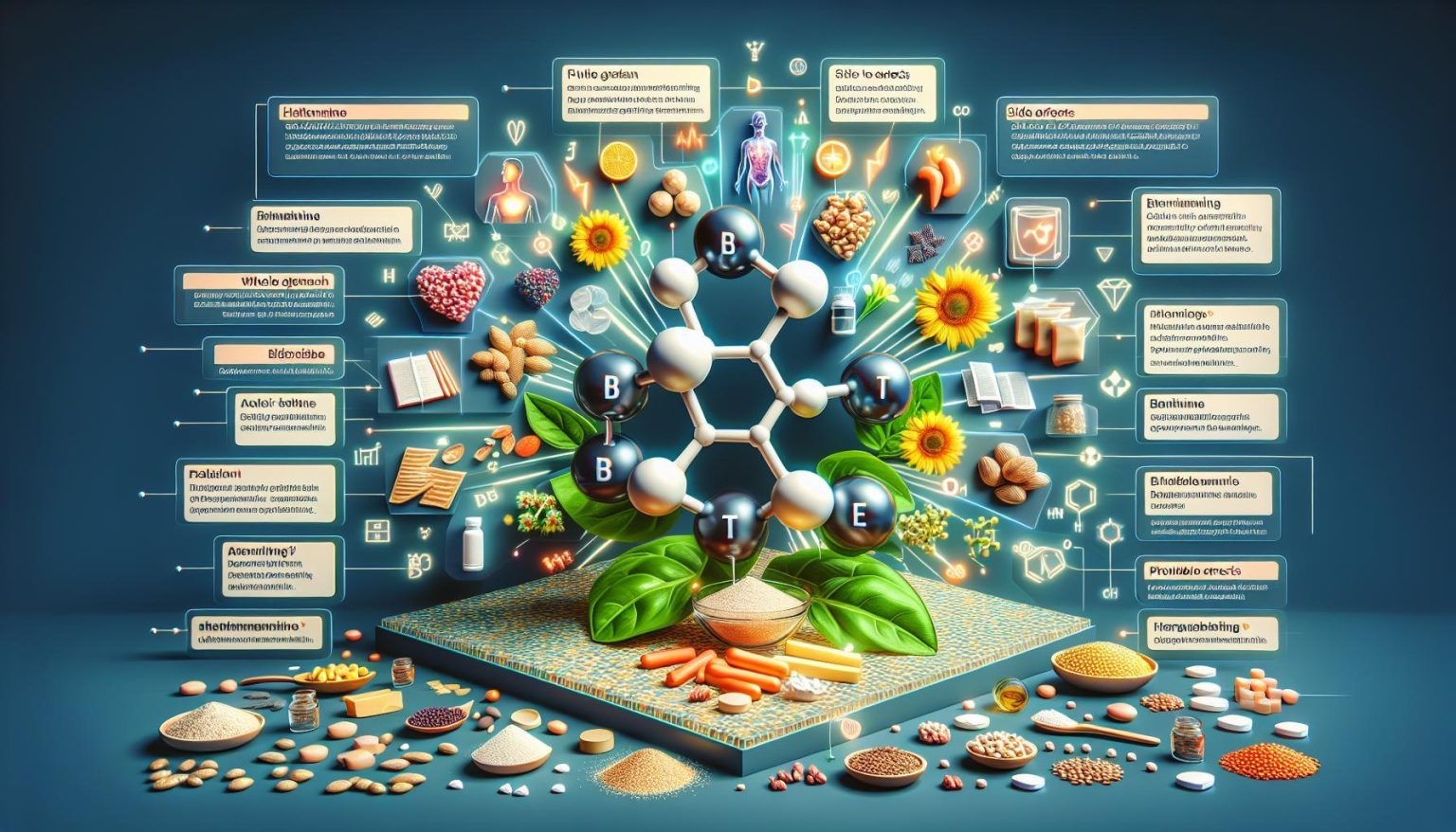Statins are often prescribed to lower cholesterol and reduce the risk of cardiovascular disease. However, have you ever wondered, “Why do statins cause muscle pain?” This blog post unravels the mystery behind statin-induced muscle pain and provides practical strategies to help alleviate discomfort. By understanding the science behind statin-related muscle pain and recognizing the risk factors, you can take action to minimize symptoms and enjoy a healthier life.
Embark on a journey to uncover the truth about Why do statins cause muscle pain, How do you get rid of muscle pain from statins, and explore the various ways to manage this common side effect stopping statins. Let’s dive into the fascinating world of statin therapy and muscle pain, and discover how to maintain a pain-free life while lowering cholesterol.
Short Summary
- Statins can cause muscle pain due to calcium channel disruption, CoQ10 production interference, and atrogin-1 gene expression.
- Risk factors for statin-related muscle pain include exercise intensity, vitamin D deficiency, medication interactions and more.
- Strategies to reduce muscle pain in statin users involve symptom tracking, lifestyle changes & supplement usage. Consulting a healthcare provider is recommended before making any adjustments.
Statin-Induced Muscle Pain: The Science Behind It
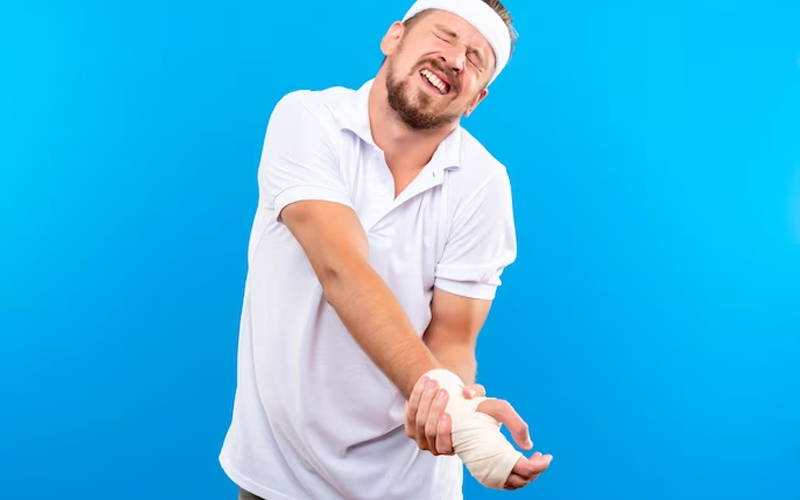
Why do statins cause muscle pain?
Calcium Channel Disruption
CoQ10 Interference
Risk Factors for Statin-Related Muscle Pain
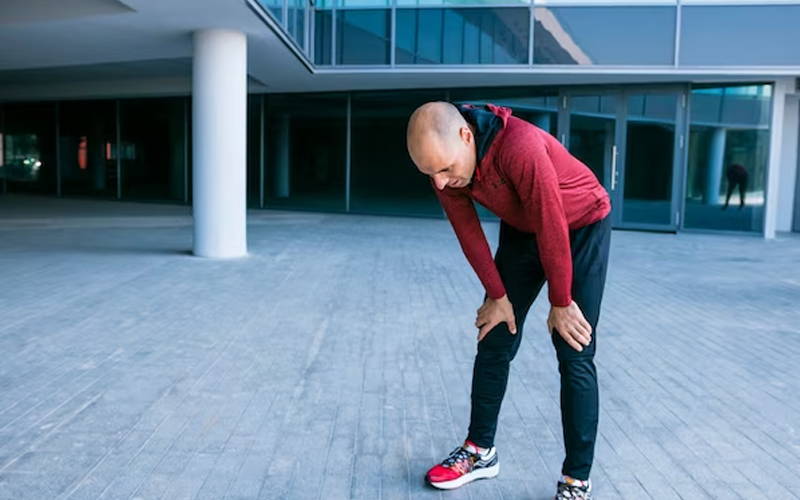
- Vigorous exercise
- Vitamin D deficiency
- Interactions with other medications
- Age
- Gender
- Alcohol abuse
- Renal and hepatic conditions
- Genetics
- Calcium leakage
- Small body frame
Exercise and Statin Therapy
Vitamin D Deficiency
- fatigue
- muscle weakness
- bone pain
- depression
Medication Interactions
- Consult your healthcare provider before introducing any new medications or supplements.
- Stay informed about potential medication interactions.
- Be vigilant about monitoring for muscle pain. By following these steps, statin users can minimize muscle pain and maximize the cardiovascular benefits of statin therapy.
Recognizing Statin-Associated Muscle Symptoms

Myalgia
- injury
- infection
- disease
- other health issues
- Rest
- Physical therapy
- Medications
- Lifestyle modifications
Myositis
Rhabdomyolysis
Strategies to Reduce Muscle Pain in Statin Users

Tracking Symptoms
- Type of symptom
- Severity of the symptom
- Duration of the symptom
- Potential triggers of the symptom
Lifestyle Changes
- fruits
- vegetables
- whole grains
- lean protein
Supplement Use
When to Consult Your Healthcare Provider

Monitoring Symptoms
Treatment Adjustments
- Switching to ezetimibe
- Reducing the statin dosage or taking it every other day
- Engaging in moderate exercise
- Considering a lower dose of a high-intensity statin with a long half-life



